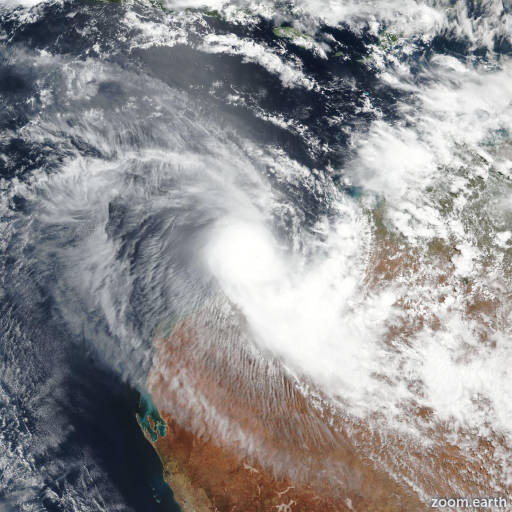Severe Tropical Cyclone Zelia 2025
Last Modified:

Satellite images, weather maps and tracks of Category 5 Tropical Cyclone Zelia 2025, 11 - 15 February. Max wind speed 235km/h.
Click on the map to add points. Double‑click to finish.
Tap on the map to add points.
Last Modified:

Satellite images, weather maps and tracks of Category 5 Tropical Cyclone Zelia 2025, 11 - 15 February. Max wind speed 235km/h.